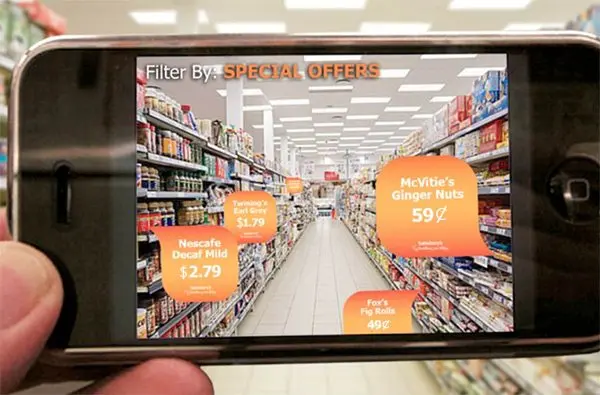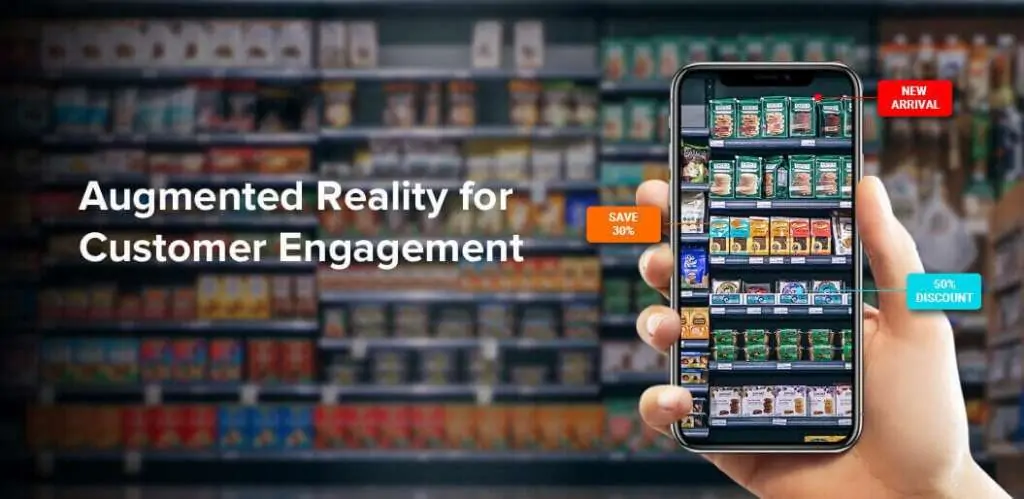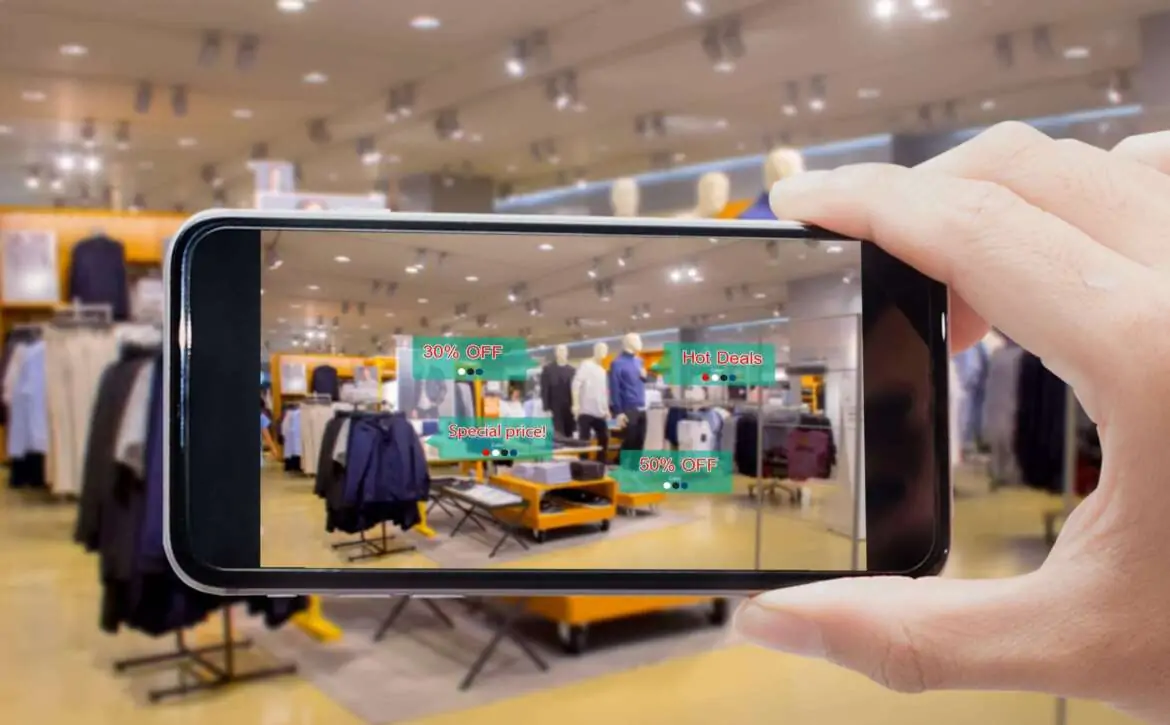AR for Retail and Gap Between Digital and Physical Shopping
Explore the transformative realm of Augmented Reality (AR) in the retail landscape, where the fusion of digital and physical experiences reshapes consumer engagement. From enhancing in-store interactions to revolutionizing online shopping, AR has become a strategic ally for brands, offering immersive and personalized experiences. This article delves into the principles of AR for retail, emphasizing its impact on customer interactions, the evolution of the shopping journey, and the innovative possibilities that arise when the digital and physical worlds converge.
Unlocking the Potential of AR for Retail:
Augmented Reality, once confined to the realms of gaming and entertainment, has emerged as a powerful tool in the retail industry. Its ability to overlay digital information onto the physical world opens new avenues for consumer engagement. In retail, AR serves as a bridge between the online and offline shopping experience, creating a dynamic and interactive customer journey.
Enhancing In-Store Experiences:
AR breathes life into brick-and-mortar stores by providing interactive and engaging experiences. Imagine trying out furniture in your living room through AR before making a purchase or receiving real-time product information by simply pointing your smartphone at a shelf. These immersive encounters not only captivate shoppers but also empower them with information, influencing their purchasing decisions positively.

Revolutionizing Online Shopping:
The integration of AR in online retail brings products to life in the digital space. Consumers can virtually try on clothing, visualize home decor items in their living spaces, or even test makeup products through AR for retail beauty apps. This transformative approach mitigates the limitations of online shopping, offering a more personalized and informed decision-making process for customers.
“In the dynamic realm of retail, Augmented Reality transcends the ordinary, transforming the shopping experience into an immersive journey where the digital and physical seamlessly converge.”
Ben Allison
Personalized Shopping Journeys:
AR tailors the shopping experience, making it more personalized and attuned to individual preferences. Retailers can leverage AR to provide customized product recommendations, personalized discounts, and interactive guides based on customers’ preferences and past interactions. This not only enhances customer satisfaction but also fosters brand loyalty through personalized engagement.
Interactive Product Visualization:
One of the key strengths of AR in retail lies in its ability to enable interactive product visualization. Whether it’s previewing how furniture fits into a living space or seeing how a new pair of shoes complements an outfit, AR empowers customers to make informed choices. This interactivity not only adds a layer of excitement to shopping but also reduces the likelihood of post-purchase dissatisfaction.
Seamless Integration into Retail Apps:
The convenience of AR is amplified when seamlessly integrated into retail mobile apps. Customers can access AR features directly within the retailer’s app, eliminating the need for third-party applications. This integration streamlines the shopping process, making AR experiences more accessible and enhancing the overall shopping journey for users.
Creating a Virtual Fitting Room:
AR revolutionizes the apparel shopping experience by introducing virtual fitting rooms. Shoppers can see how clothing items look on them without physically trying them on. This not only reduces the need for returns but also adds an element of fun and convenience to the shopping process.

The Role of AR in Bridging Gaps:
AR acts as a bridge between the online and offline realms of retail. For instance, customers can scan products in-store to access online reviews or receive additional information. This seamless transition between digital and physical touchpoints enriches the overall shopping experience, creating a harmonious blend of convenience and engagement.
“Augmented Reality in retail is not just a technological overlay; it’s a visionary bridge connecting consumers to a world of interactive and personalized shopping, redefining the boundaries of the retail landscape.”
Thames John
Innovative Marketing Campaigns:
AR opens up avenues for creative and innovative marketing campaigns. Brands can leverage AR to launch interactive advertising initiatives, such as AR-powered scavenger hunts, exclusive in-store promotions, or gamified experiences. These campaigns not only attract attention but also foster a sense of excitement and exclusivity around the brand.
Future Prospects and Continued Evolution:
As technology advances, the future of AR in retail holds even more promising possibilities. From enhanced AR wearables to augmented reality commerce (ARc), the retail landscape is poised for continuous transformation. Embracing AR is not just a trend; it’s a strategic move for retailers to stay ahead in an increasingly competitive market.
AR for retail is a dynamic force reshaping how consumers engage with brands. From enhancing in-store experiences to revolutionizing online shopping, AR transcends traditional boundaries, offering a new dimension of interactivity and personalization. As technology continues to evolve, the seamless integration of AR into the retail landscape is not just a novelty—it’s a strategic imperative for brands looking to thrive in the digital age.


